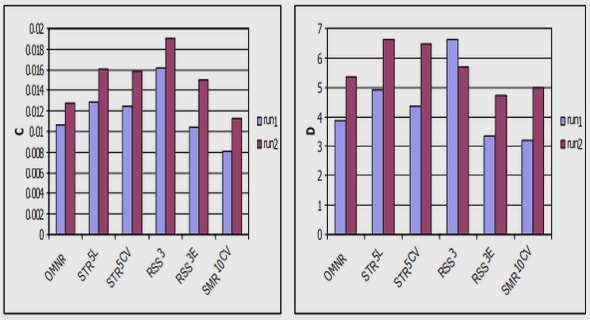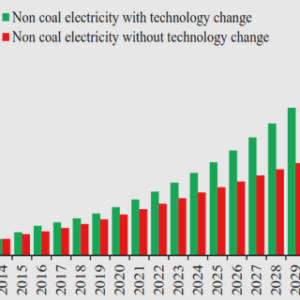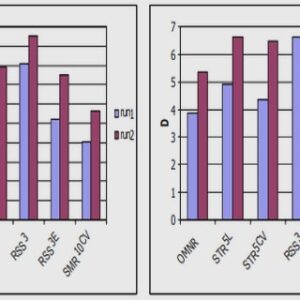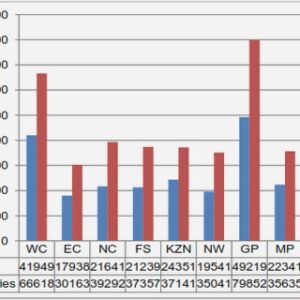(Downloads - 0)
For more info about our services contact : help@bestpfe.com
Table of contents
1 Introduction
1.1 Motivation and objective research
1.2 Methodology of the work
1.3 Dissertation structure
2 State of the art
2.1 Laser-matter interaction theory
2.1.1 Generation of shock wave by laser ablation
2.1.2 Shock wave propagation in materials
2.1.2.1 Hydrodynamic treatment
2.1.2.2 Representative curves for shock waves
2.1.2.3 Permanent deformation and shock wave
2.1.2.4 Phenomena spoiling the propagation of shock waves
2.1.2.5 Shock wave transmission and reflexion
2.1.3 Laser-induced damage in materials
2.2 Mechanical behavior of silica glass
2.2.1 Silica glass response under static hydrostatic compression .
2.2.1.1 Elasticity
2.2.1.2 Permanent deformation: densification
2.2.1.3 Effects of the shear stresses on the silica glass densification
2.2.1.4 Fracture
2.2.2 Silica glass response under shock compression
2.2.2.1 Propagation of compression wave in the region of reversibility
2.2.2.2 Propagation of compression wave in the region of irreversibly
2.2.2.3 Spalling strength
2.2.3 Summary of the silica glass response under shock compression
2.3 Numerical simulation
2.3.1 Continuum methods
2.3.2 Discrete methods
2.3.3 Coupling methods
2.3.4 What class of numerical methods best meets the objectives of this dissertation?
2.4 Conclusion
3 Choice of the numerical methods
3.1 Introduction
3.2 Choice of the discrete method
3.2.1 Lattice models
3.2.2 Particle models
3.2.3 Contact dynamics
3.2.4 Classification and choice of the discrete method: DEM
3.3 Choice of the continuum method
3.3.1 Grid-based methods
3.3.1.1 Lagrangian methods
3.3.1.2 Eulerian methods
3.3.1.3 Combined Lagrangian-Eulerian methods
3.3.2 Meshless methods
3.3.2.1 Approximation methods
3.3.2.2 Interpolation methods
3.3.3 Classification and choice of continuum method: CNEM
3.4 Conclusion
4 Discrete-continuum coupling
4.1 Introduction
4.2 The discrete element method: DEM
4.2.1 Construction of the DEM domain
4.2.2 Cohesive beam bond model
4.3 The constrained natural element method: CNEM
4.3.1 Natural Neighbor (NN) interpolation
4.3.1.1 Voronoï diagram
4.3.1.2 NN shape functions
4.3.1.3 Support of NN shape functions
4.3.1.4 Properties of NN shape functions
4.3.2 Visibility criterion
4.3.3 Constrained Natural Neighbor (CNN) interpolation
4.3.4 Numerical integration
4.4 Discrete-continuum coupling method: DEM-CNEM
4.4.1 Arlequin approach: brief description
4.4.2 Arlequin approach: application to the DEM-CNEM coupling .
4.4.2.1 DEM formulation
4.4.2.2 CNEM formulation
4.4.2.3 Coupling formulation
4.4.2.4 Global weak formulation
4.4.3 Discretization and spatial integration
4.4.4 Time integration
4.4.5 Algorithmic
4.4.6 Implementation
4.5 Parametric study of the coupling parameters
4.5.1 Influence of the junction parameter l
4.5.2 Influence of the weight functions a
4.5.2.1 Constant weight functions a = ¯a = 0.5
4.5.2.2 Constant weight functions a 6= 0.5
4.5.2.3 Continuous weight functions
4.5.3 Influence of the approximated mediator spaceMhO
4.5.4 Influence of the width of the overlapping zone LO
4.5.5 Dependence between LO and MhO
4.5.6 How to choose the coupling parameters in practice?
4.6 Validation
4.7 Conclusion
5 Silica glass mechanical behavior modeling
5.1 Introduction
5.2 Modeling hypotheses
5.3 Beam-based mechanical behavior modeling
5.3.1 Modeling of nonlinear elasticity
5.3.2 Modeling of densification
5.3.3 Static calibration and validation
5.3.4 Dynamic calibration and validation
5.3.5 Discussion
5.4 Virial-stress-based mechanical behavior modeling
5.4.1 Virial stress
5.4.2 Modeling of nonlinear elasticity
5.4.3 Modeling of densification
5.4.4 Application: Plates impact
5.4.5 Discussion
5.5 Brittle fracture modeling
5.5.1 Standard fracture model and its limitations
5.5.2 Fracture model based on the virial stress
5.6 Conclusion
6 Simulation of LSP processing of silica glass
6.1 Introduction
6.2 Brief description of the LSP test to be simulated
6.3 Numerical model
6.4 Results
6.5 Conclusion
7 Conclusion and future work
Bibliography




